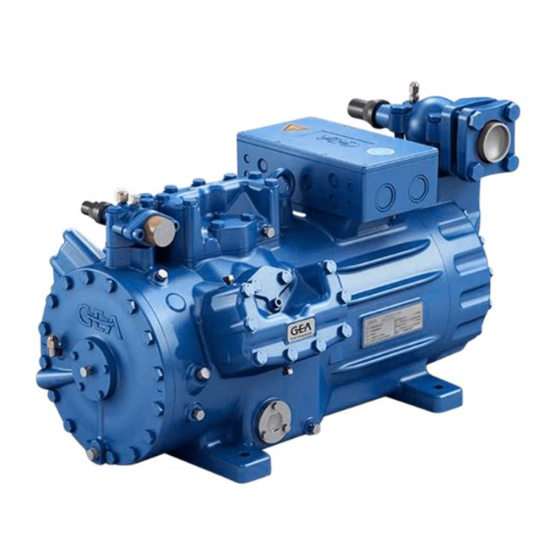
Table of Contents
Advertisement
Quick Links
BOCK HG 44 e/HG 5 6e (HC/LG)
Assembly instructions
96416-06.2021-Gb
Translation of the original instructions
HG(X)44e/475-4 (S)
HG(X)44e/565-4 (S)
HG(X)44e/665-4 (S)
HG(X)44e/770-4 (S)
HG44e/475-4 (S) HC ............................... HG44e/770-4 (S) HC
HG56e/850-4 (S) HC ............................. HG56e/1155-4 (S) HC
HGX44e/475 (S/ML) 9 LG ................. HGX44e/770 (S/ML) 22 LG
HGX56e/850 (S/ML) 18 LG ............. HGX56e/1155 (S/ML) 35 LG
BOCK
®
HG(X)56e/850-4 (S)
HG(X)56e/995-4 (S)
HG(X)56e/1155-4 (S)
colour the world
of tomorrow
Advertisement
Table of Contents














Need help?
Do you have a question about the HG44e and is the answer not in the manual?
Questions and answers